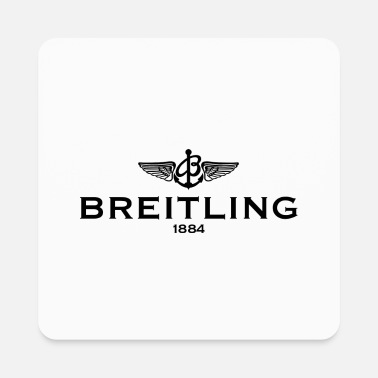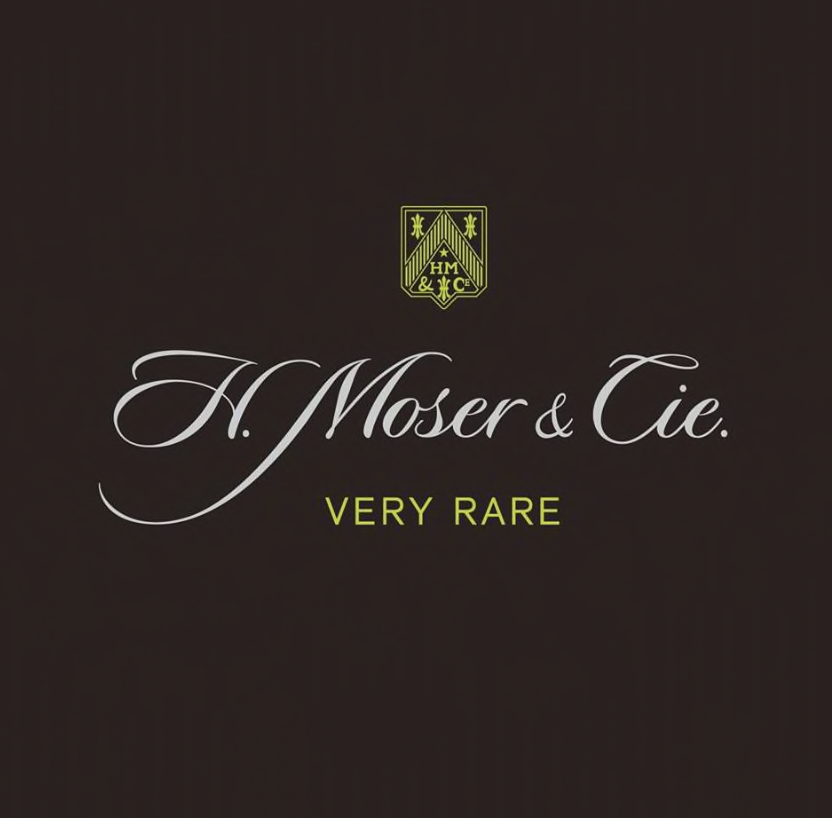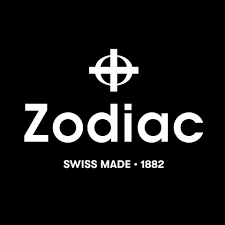Watch Facts
Quiz: 2025.04.15 Quiz (Logo no-go)

Established in 1884 by Léon Breitling, the Breitling brand has a storied history in watchmaking. It gained prominence in the aviation industry during the 20th century, specializing in precision timepieces for pilots. Noteworthy historic dates include the introduction of the first wrist chronograph with a separate pusher in 1915, and the creation of the iconic Navitimer in 1952, featuring a circular slide rule for aviation calculations.
Breitling’s logo, known as the “winged B,” embodies its aviation heritage. Adopted in the 1950s, the stylized wings denote the brand’s association with aviation and precision timekeeping. The logo signifies Breitling’s commitment to accuracy, innovation, and its enduring connection to aviation enthusiasts and professionals.

Founded in 1775 by Abraham-Louis Breguet, the Breguet brand boasts an illustrious history in horology. Breguet’s pioneering contributions include the invention of the tourbillon in 1801, a milestone in enhancing timekeeping accuracy. Notable patrons of Breguet timepieces include Marie Antoinette and Napoleon Bonaparte.
In 1810, Breguet introduced the “Breguet hands,” characterized by their open-ended design and blue hue, a distinctive feature that continues to define the brand’s aesthetic. The brand’s excellence extended to the maritime domain, with Breguet producing marine chronometers for navigational precision during sea voyages.
The Breguet logo, marked by elegant typography, exemplifies the brand’s commitment to sophistication and precision. It symbolizes Breguet’s heritage as a watchmaking pioneer, reflecting the artistry and engineering excellence that have characterized the brand for centuries.

H. Moser & Cie. holds a rich history dating back to 1828. The brand was initially established by Heinrich Moser. Moser’s dedication to precision horology was recognized, earning him royal patronage from Tsar Nicholas I.
In 2005, the brand was revitalized, with a focus on traditional craftsmanship and innovative design. Notable models include the Perpetual 1, showcasing the minimalist yet sophisticated Moser aesthetic. The “Concept” series, introduced in 2015, emphasizes minimalist design, enhanced by its striking fumé dials.

Established in 1791, Girard-Perregaux is a distinguished Swiss watch brand. Notable dates include Constant Girard’s 1889 creation of the Tourbillon with Three Gold Bridges and the 1945 launch of the “Eagle” collection. The emblematic logo features an arrow-ended laurel wreath encircling “GP,” symbolizing victory and precision. Renowned for watches like Vintage 1945 and Laureato, Girard-Perregaux blends heritage and innovation seamlessly.

Established in 1846 Ulysse Nardin has a rich history characterized by horological innovation. Its early achievements include precision marine chronometers, which garnered recognition at international exhibitions in the late 19th century. Notable historic dates include the introduction of the Astrolabium Galileo Galilei in 1985, a wristwatch with astronomical indications.
Ulysse Nardin’s logo features an anchor, paying homage to the brand’s maritime heritage and its legacy of crafting marine chronometers. This emblem reflects the connection between Ulysse Nardin’s historic contribution to accurate timekeeping for maritime navigation and its contemporary presence in the world of luxury watchmaking. The logo’s use of an anchor aligns with Ulysse Nardin’s commitment to precision and craftsmanship, bridging its historical significance with its modern horological endeavors.

Tudor was established by Hans Wilsdorf, the founder of Rolex, in 1926. The brand’s history is marked by significant milestones. In 1952, Tudor introduced the Oyster Prince, its first self-winding wristwatch. A year later, it supplied watches to the British Royal Navy, demonstrating its durability and reliability. In 1969, the Tudor Oysterdate Chronograph made its debut, showcasing a distinctive design.
The Tudor logo, featuring a stylized rose, symbolizes the Tudor dynasty, evoking notions of strength and endurance. This emblematic motif underscores the brand’s commitment to producing robust, high-quality timepieces. Today, Tudor continues to uphold its legacy of craftsmanship and innovation, crafting watches that combine heritage with contemporary style, making it a respected name in the world of horology.

Zodiac, founded in 1882 by Ariste Calame in La Chaux-de-Fonds, Switzerland, is renowned for its innovative designs and high-quality craftsmanship. The brand initially focused on producing pocket watches but gained prominence with its wristwatches, including the introduction of the first automatic sports watch, the Zodiac Autographic, in 1930. In 1953, Zodiac launched the Sea Wolf, one of the world’s first commercial dive watches, which became an iconic model favored by professional divers and the U.S. Navy SEALs.
Zodiac faced financial difficulties in the late 20th century, leading to its acquisition by the Fossil Group in 2001. Since then, the brand has experienced a resurgence, particularly with the reintroduction of the Super Sea Wolf collection, blending vintage aesthetics with modern technology. Today, Zodiac continues to innovate, offering a range of timepieces that cater to both traditional watch enthusiasts and modern consumers

Vacheron Constantin, established in 1755 in Geneva, stands as one of the world’s oldest and most esteemed watchmakers. Its legacy of excellence is underscored by significant milestones: In 1770, the company’s founder, Jean-Marc Vacheron, crafted the first complication timepiece. In 1810, Vacheron Constantin pioneered engine-turned dials. The brand’s commitment to precision led to its adoption of the metric system for watchmaking in 1844. The emblematic Maltese Cross logo, introduced in 1880, symbolizes the brand’s commitment to horological tradition and innovation. Throughout its history, Vacheron Constantin has showcased exemplary craftsmanship, from the iconic 1907 “tonneau” case to the launch of the American 1921 collection. This dedication has garnered recognition, with Vacheron Constantin timepieces gracing the wrists of esteemed individuals and making enduring contributions to horological heritage.

Established in 1832, Longines holds a prominent position in watchmaking history. Its legacy is marked by significant milestones: The brand introduced its first movement in 1867, and by 1880, it had already earned global recognition for its timekeeping precision. In 1913, Longines developed the revolutionary high-precision chronograph movement, solidifying its reputation for innovation.
The Longines logo, an hourglass with wings, speaks to its timekeeping expertise and elegance. It was registered in 1889, symbolizing the brand’s commitment to both precision and grace. The hourglass underscores accurate timing, while the wings evoke notions of swiftness and freedom, resonating with the brand’s spirit.

Hublot, established in 1980 by Carlo Crocco, is a prominent Swiss luxury watchmaker renowned for its fusion of innovative materials and avant-garde design. A pivotal event in 2004 marked the entrance of Jean-Claude Biver and Ricardo Guadalupe, propelling Hublot’s transformation into a global horological force.
Key dates include 1980, when Hublot unveiled the groundbreaking natural rubber strap, amalgamating luxury with sportiness. In 2005, the Big Bang collection made its debut, combining unexpected materials like ceramic, titanium, and gold. This collection solidified Hublot’s reputation for innovative craftsmanship.
Hublot’s logo, a stylized “H,” is both its signature and a testament to its motto, “The Art of Fusion.” Representing the brand’s commitment to fusing tradition with innovation, the logo underscores Hublot’s identity as a forward-looking pioneer in horology.
